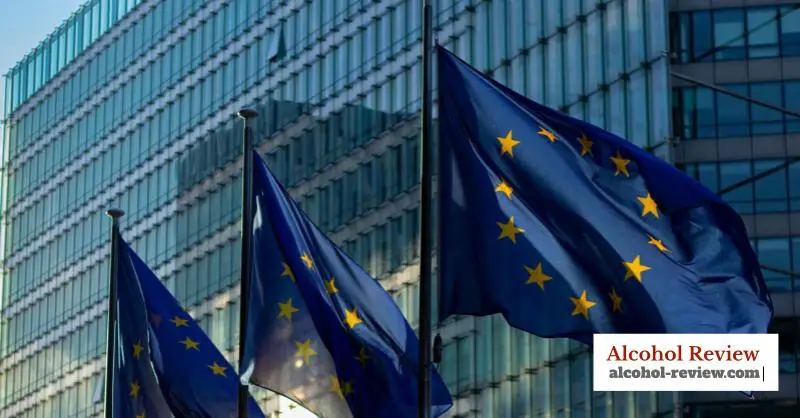
Two recent EU labelling proposals risk decades of progress in reducing alcohol-related harm, warned the European Health Alliance on Alcohol, formed in May to give a voice to 1.7m health professionals.
In June the Council of the European Union proposed allowing the term “low-alcohol” to be used for wines of up to 6% alcohol and allowing digital-only labelling for displaying health information and ingredients.
Together the proposals “represent a dangerous precedent that blurs the line between public health and commercial interests. They risk undermining clinical guidance, weakening consumer protections, and increasing public confusion,” the alliance said. The Belgian government said it opposed the “low-alcohol” label last week.
Allowing “low-alcohol” labels would mislead consumers and create a false sense of safety, undermining cancer prevention efforts, the EHAA said. And allowing QR code digital labels would mean health information would reach precious few people.
The alliance said the solution is to label products which are 6% alcohol or below as “reduced alcohol” and to insist that on-package health and ingredients labelling should be mandatory. Fewer than one-in-a-thousand people scanned QR codes in pilots.
“There are few areas in public health where the evidence is as clear as it is with alcohol: the harms are well documented, the burden is enormous, the financial cost is unsustainable, and solutions exist. Prevention is not only possible—it is essential,” said Monica Tiberi of the European Society of Cardiology. ■
